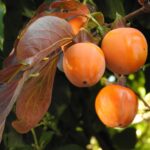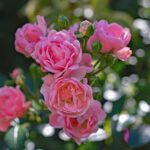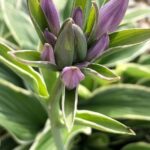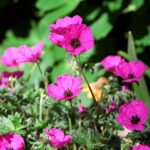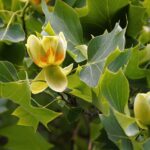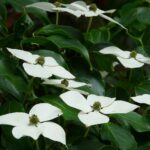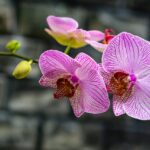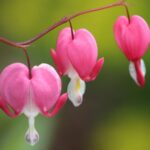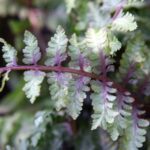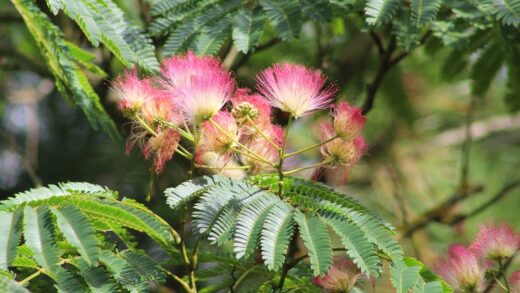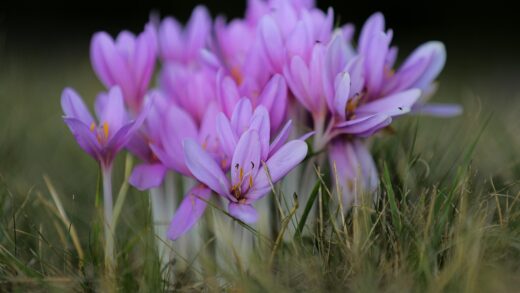Glaucous cotoneaster (Cotoneaster glaucophyllus) is an extremely popular and versatile ornamental shrub whose health and decorative value are closely linked to the quantity and quality of light it receives. For this plant to display its most beautiful form, it is essential to understand its fundamental physiological needs concerning light. Light is not just the energy source for growth but also a key regulator of flowering, fruit set, and the development of the foliage’s characteristic glaucous hue. The purpose of this article is to provide a detailed presentation of the light requirements of glaucous cotoneaster and to offer practical guidance for ideal placement, thereby ensuring the plant’s long-term vitality and aesthetic value in the garden.
Photosynthesis, the process by which a plant converts light energy into chemical energy, is the engine of growth for the glaucous cotoneaster as well. The chlorophyll molecules in the leaves absorb sunlight and use this energy to convert carbon dioxide and water into sugars, which serve as nutrients for the plant. In the absence of adequate light intensity, this process slows down, leading to an energy deficit, which results in weaker growth, sparser foliage, and a general decline in vitality. Therefore, abundant sunlight directly contributes to the development of the plant’s dense, compact habit.
Light plays a critical role not only in the plant’s nutrition but also in regulating its developmental cycles. Photoperiodism, the plant’s response to the changing lengths of day and night, influences the flowering time of the glaucous cotoneaster and its preparation for the winter dormancy period. The lengthening days of spring stimulate the formation of flower buds, while the shortening days of autumn signal the plant to slow down its metabolic processes and prepare for the colder months. Proper light conditions are thus essential for maintaining the plant’s natural life rhythm.
The quality of light, meaning the proportion of different wavelengths of light, also affects the plant’s development. Glaucous cotoneaster, like most green plants, utilizes the red and blue light spectra most efficiently for photosynthesis. Natural sunlight provides the full spectrum, which is optimal for growth and development. This explains why individuals grown outdoors in sunny locations are the most vigorous and why it is important to provide the correct light spectrum if attempting to grow it indoors or in a shaded location.
Ideal placement and tolerance to light
For the glaucous cotoneaster, the ideal placement is in full sun, which in horticultural practice means the plant receives at least six to eight hours of direct, unfiltered sunlight daily. Under such conditions, the plant can maximize its photosynthetic performance, resulting in a dense, lushly branched shrub that flowers and fruits prolifically. The characteristic bluish-green, glaucous coating on the leaves is also most intense in full sun, as this waxy layer serves, among other things, to protect against excessive solar radiation and evaporation. Therefore, the most beautiful, healthiest plants are always found in sunny areas.
More articles on this topic
Although glaucous cotoneaster prefers full sun, it shows remarkable tolerance to partial shade conditions as well. Partial shade refers to areas where the plant receives only three to six hours of direct sunlight per day, or where it is in filtered, dappled light all day, such as under a taller tree canopy. Under these conditions, the plant can still survive and grow, but certain compromises must be expected. Its growth may become leggier and sparser, the extent of flowering will be reduced, and consequently, the autumn berry crop will be more modest.
The plant’s shade tolerance has its physiological limits and reasons. When the glaucous cotoneaster does not receive enough light, a survival mechanism is triggered, causing the shoots to elongate to reach the light source. This phenomenon is called etiolation. While this strategy helps the plant in its search for light, it comes at the expense of its aesthetic value, as the shrub loses its compact, tidy form. It diverts most of its energy to stem growth at the expense of developing leaves, flowers, and roots, which weakens the plant in the long run.
In practice, therefore, when choosing a planting site for glaucous cotoneaster, south- or west-facing parts of the garden should be preferred. It is an ideal choice as a solitary plant, for planting on sunny slopes or retaining walls, and also as a hedge, provided that the entire length of the hedge receives sufficient light. Planting it at the base of north-facing walls or under dense, deep-shading trees should be avoided, as in these locations the plant cannot realize its full decorative potential and may become bare over time.
The effect of light deficiency on the plant’s health and aesthetics
The most conspicuous and quickly noticeable effect of light deficiency is the decline in the aesthetic value of the glaucous cotoneaster. A plant kept in inadequate light conditions will develop sparse foliage, and the stem sections between the leaves (internodes) will elongate, resulting in a sprawling, less attractive habit. The leaves may lose their characteristic glaucous-green color and take on a duller, darker green hue as the plant tries to maximize the absorption of weak light by increasing its chlorophyll concentration. This change significantly detracts from the shrub’s ornamental role in the garden.
More articles on this topic
Light deficiency is not just an aesthetic problem; it also has a direct impact on the plant’s health. The shady, cool, and damp microclimate often characteristic of low-light locations creates ideal conditions for various fungal diseases, such as powdery mildew or leaf spot. A light-starved, stressed plant also has a weaker immune system, making it more susceptible to pest attacks. Healthy individuals hardened by the sun are much more resistant to these problems.
In terms of flowering and fruit set, light deficiency can have dramatic consequences. The glaucous cotoneaster produces its small, white flowers, which bloom in late spring and early summer, abundantly only with sufficient sunlight. Since the flowers develop into the vibrant red berries that are ornamental in autumn and winter, poor flowering is directly proportional to a sparse or even non-existent fruit set. This deprives the plant of one of its most important seasonal attractions, which would also serve as a valuable food source for birds during the cold months.
In the long term, chronic light deficiency can lead to the complete decline and even death of the plant. Due to a constant energy deficit, the root system does not develop properly, the plant cannot absorb enough nutrients, and its growth ceases. If a shrub previously in a sunny spot is suddenly cast into shade by a fast-growing tree or a new building, the plant will show signs of decline within a few years. In such cases, the only effective remedy is to improve the light conditions by pruning the surrounding vegetation or, as a last resort, transplanting the shrub to a more suitable, sunnier location.
Light conditions and landscape application
A fundamental principle of successful garden design and landscaping is to plant the right plant in the right place. In the case of the glaucous cotoneaster, this rule applies emphatically to its light requirements. When planning its landscape application, assessing the light conditions should be the first step. If this shrub is planted in its optimal, sun-rich environment, the result is an extremely rewarding, low-maintenance plant with high aesthetic value that will be an ornament to the garden for many years. It feels particularly at home on sunny slopes, in rock gardens, or in front of south-facing building walls.
The dense, fine-textured foliage of the glaucous cotoneaster is excellent for providing contrast or a backdrop for other, more colorfully flowered perennials or annuals in sunny borders. Its use as an unpruned or pruned hedge is also popular, but here too, ensuring full sun is crucial. If part of the hedge is in shade, that section of the plant will become bare and sparse, especially in the lower parts, which breaks the uniform, dense appearance of the hedge. Therefore, before planting a hedge, carefully consider the amount of light the area receives throughout the day.
Its use as a groundcover is particularly effective on sunny, steep slopes and hard-to-cultivate areas. Its robust, spreading root system helps to bind the soil and prevent erosion, while its shoots, which spread over the soil surface, effectively suppress weeds. For this function, a dense, closed cover is essential, which it can only form in full sun. In a shady location, glaucous cotoneaster planted as a groundcover will become patchy and gappy, unable to fulfill its intended role and allowing weeds to establish.
In summary, although the glaucous cotoneaster is an extremely adaptable and tough shrub, its true beauty and full potential can only be brought out by abundant sunlight. Understanding and respecting its light requirements is the most important step a gardener can take to ensure the plant’s health and beauty. With conscious planning that takes light conditions into account, the glaucous cotoneaster can become one of the garden’s most reliable and long-lastingly ornamental elements, with minimal maintenance needs. This strategic approach is what separates simple planting from truly thoughtful landscaping.



